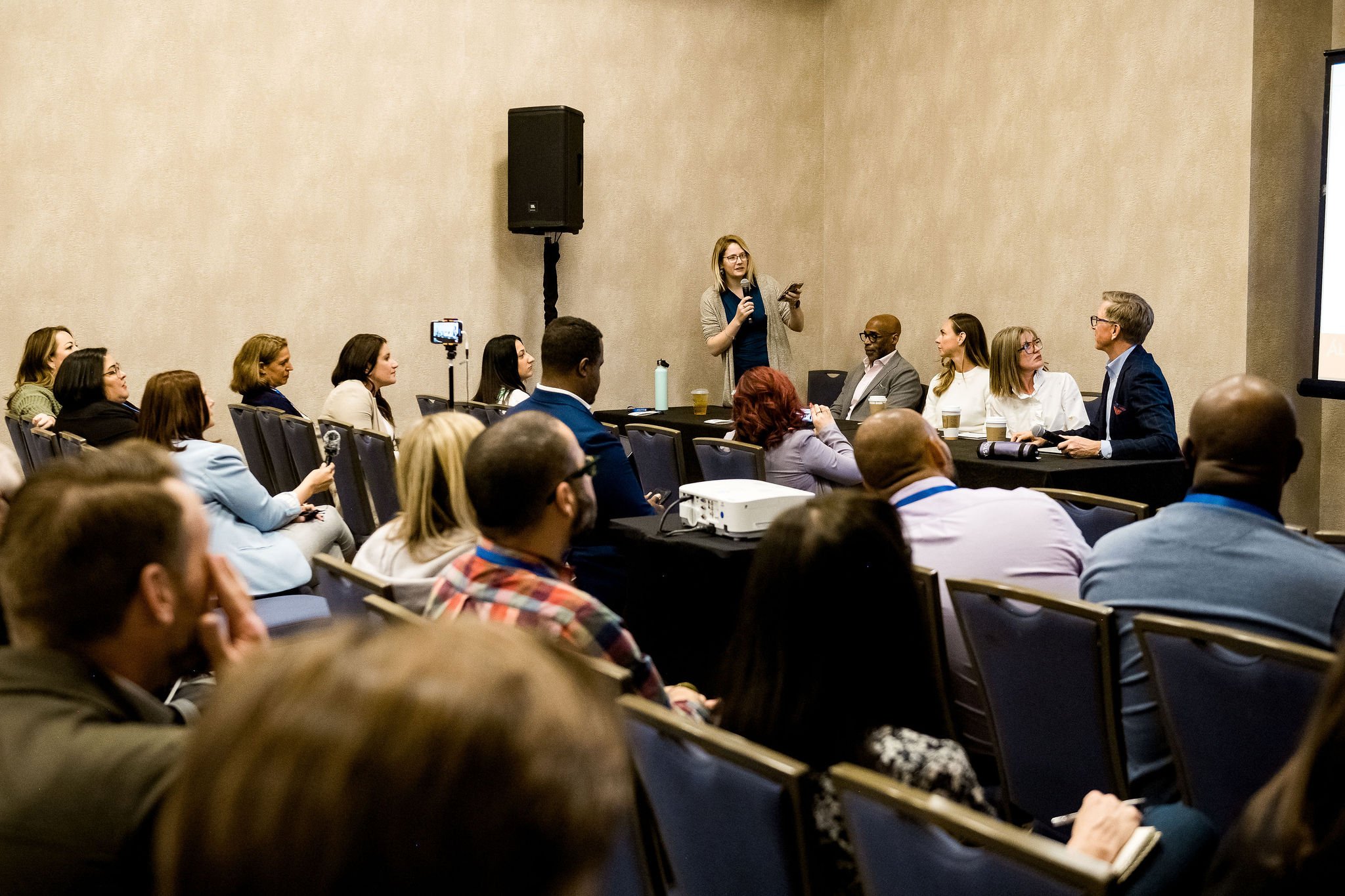 If digital currencies haveproved somewhat resilient, how much greater reason to believe inthe longevity and latent power of the underlying set oftechnologies: blockchain. (Photo: Shutterstock)
If digital currencies haveproved somewhat resilient, how much greater reason to believe inthe longevity and latent power of the underlying set oftechnologies: blockchain. (Photo: Shutterstock)
The cryptocurrency crashes during 2018 caused some observers topredict their imminent demise. However, Fidelity Investments'recent creation of a cryptocurrency custody unit certainly reflectscredible interest in digital assets among at least some pensionfunds and traditional asset managers.
|With apologies to Mark Twain, then, the report of crypto's deathwas “an exaggeration.”
|If digital currencies have proved somewhat resilient, how muchgreater reason to believe in the longevity and latent power of theunderlying set of technologies: blockchain.
|A digital duct tape
In the realms of social and corporate governance, two of themost powerful applications of blockchain are those of supply chainmanagement and so-called smart contracts.
|As the technology evolves, it can become a kind of digital ducttape — binding organizational records into an extraordinarilysecure, precise and effective vehicle of system protection andstakeholder transparency.
|Blockchain facilitates information-sharing between and amongusers on a network through a communal list of sequential recordscalled blocks.
|Each block contains a validated record/date, plus a link to anyprevious blocks—hence, a “blockchain.”
|The crowd-sourced and crowd-verified character of such regimesvastly enhances their accuracy and, properly administered, also canmake them virtually tamper-proof.
|Running on top of, or alongside, the blockchain network, smartcontracts are computer protocols that allow for the engineering oftransactions when a set of pre-determined conditions are met.
|These electronic contracts are self-executing, with no need forthird-party verifications. In toto, this accounting infrastructurelets companies track the permanent history of the products theyproduce, from sourcing to manufacture to sale.
|Security and visibility
The security and visibility afforded by this automation can savesignificant time and money. The developments promise tosolve a host of problems.
|Under the status quo, large multinational organizations sufferfrom labyrinthine supply chain structures that are made opaque bythe difficulty and expense of tracking each records.
|This results in counterparty uncertainty and mistrust. Not tomention tedium: By some estimates, shipping goods or inputsinternationally can require approvals from 30 separate individualsand organizations, clotting the process with delays andinefficiencies.
|Beyond a reduction in errors and the increased traceability toensure that corporate standards are met, blockchaintechnologies offer other consequential benefits:
- Creation of an immutable record, making it easier for companiesto share data with manufacturers, suppliers and vendors.
- Lower risk, generally, and greater protection againstcounterfeiting and gray-market trading, specifically.
- Elastic scale for expansion of networks.
- Reduction in paperwork and administrative costs.
- Enhanced corporate reputation among various stakeholders.
Blockchain in the real world
Real-world examples already exist. One is the successful startupEverledger, which has uploaded unique identifying data on more thanone million individual diamonds to a blockchain ledger system.
|The result is greater protection against crime and insurancefraud. Another outcome is easier, more dependable compliance withregulatory prohibitions against so-called “blood diamond”products.
|In July, the Commonwealth Bank of Australia (CBA) announced thatit had used blockchain to successfully track 17 tons of almondssent from Victoria, Australia to Hamburg, Germany. Partners couldfollow the shipment's locations and conditions (think: temperatureand humidity) in real time.
|According to CBA, the fortified supply chain allows partners toupload and access documents—such as bills of lading, certificatesof origin and other documents required by customs—which hasmeasurably streamlined their process.
|Earlier, in 2016, CBA and Wells Fargo announced that they usedblockchain to track a shipment of 88 bales of cotton from Texas toChina. (That entailed a letter of credit being executed through adigital smart contract stored on a private distributed ledger.)
|In August, IBM and Maersk launched a global blockchain-poweredshipping tracker that was able to chronicle critical data (think:weights and temperatures) about each shipment in a supply chain,again generating a distributed, immutable record in real time.
|Participants include 20 ports and terminal operators worldwide,in addition to customs authorities. The companies reported that thesolution could reduce the transit time of a shipment of packagingmaterials to a production line in the United States by 40percent.
|Not without challenges
To be clear, as these technological solutions evolve,multifarious challenges arise.
|From a practical standpoint, the capital and operatingexpenditures needed to cover system development and implementationcan be prodigious.
|Plus, few organizations will be starting with a clean slate—theywill be integrating into a built environment of systems andexisting frameworks of risk management. Finding and nurturing therequisite talent to make this happen will also prove daunting formany.
|On the purely technological end, cybersecurity remains more thanslightly problematic. Less fearsome, but sometimes just ascomplicated, systems acquisition and licensing can create anenormous time suck.
|The replacement of legacy systems mentioned above will alsorequire addressing interoperability with internal and externalusers. And data storage requirements will also need carefulattention.
|Last, but not least, comes the long arm of the law. In-Houselegal departments will need to cast a gimlet eye on the intricatestandards and requirements for hardening cybersecurity. They willlikewise need to carefully assess newly decentralized liability,questions of possession and ownership, and the aggregatejurisprudential uncertainty that attends this infant dynamic.
|On balance blockchain's promise is almost blindingly bright.Just make sure you have the proper eyewear.
|Stephen J. Obie is a partner at JonesDay, where he is a leader of its Blockchain initiative. Thisarticle represents the personal views and opinions of the authorand not necessarily those of the law firm with which he isassociated.
|READ MORE:
|How blockchain could revolutionize the pharmasupply chain
|Intel wants to use blockchain to fight the opioidepidemic
||
Complete your profile to continue reading and get FREE access to BenefitsPRO, part of your ALM digital membership.
Your access to unlimited BenefitsPRO content isn’t changing.
Once you are an ALM digital member, you’ll receive:
- Critical BenefitsPRO information including cutting edge post-reform success strategies, access to educational webcasts and videos, resources from industry leaders, and informative Newsletters.
- Exclusive discounts on ALM, BenefitsPRO magazine and BenefitsPRO.com events
- Access to other award-winning ALM websites including ThinkAdvisor.com and Law.com
Already have an account? Sign In
© 2024 ALM Global, LLC, All Rights Reserved. Request academic re-use from www.copyright.com. All other uses, submit a request to [email protected]. For more information visit Asset & Logo Licensing.








